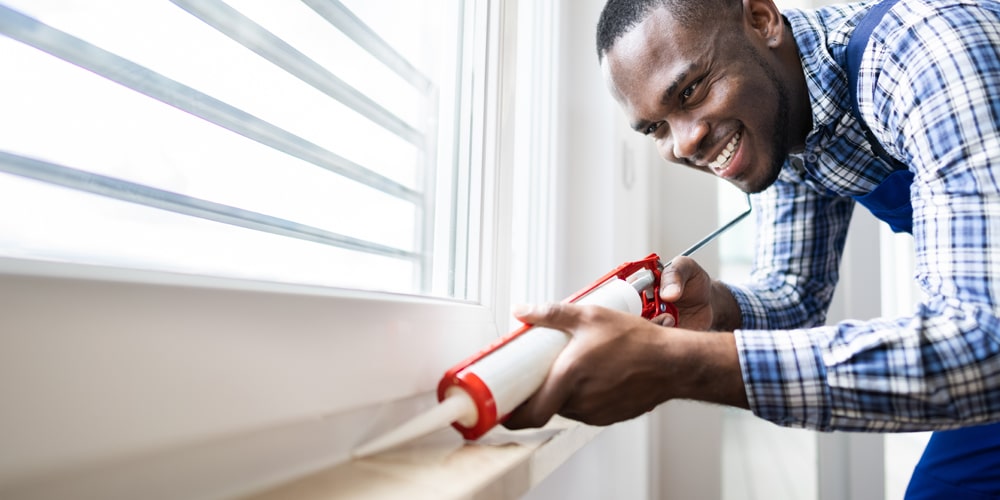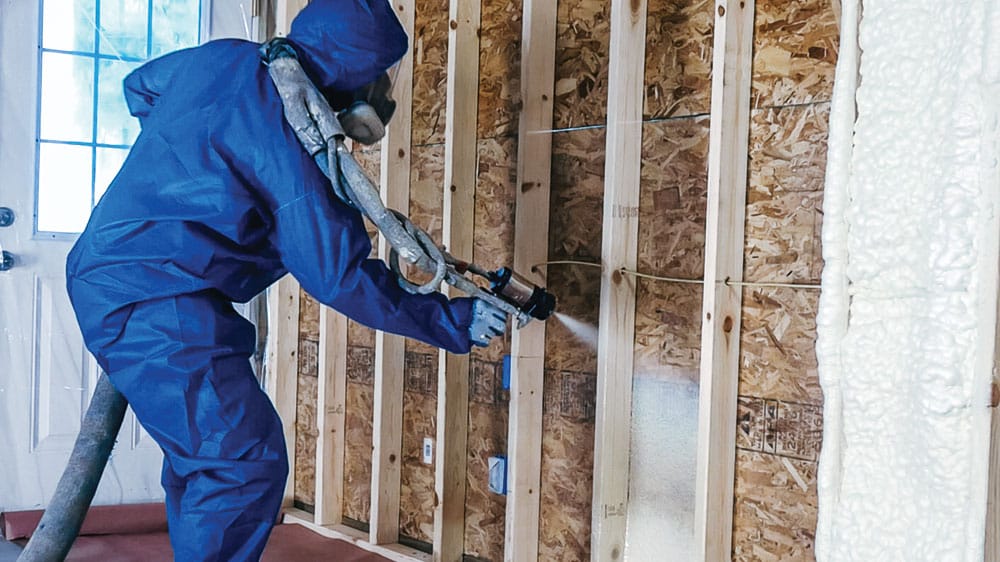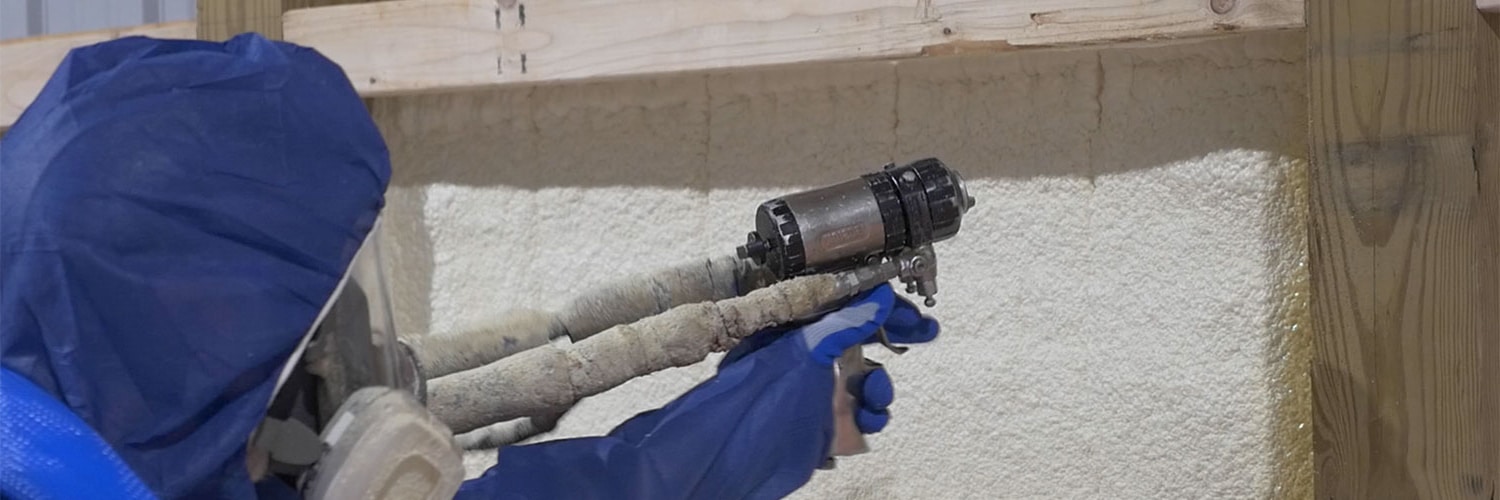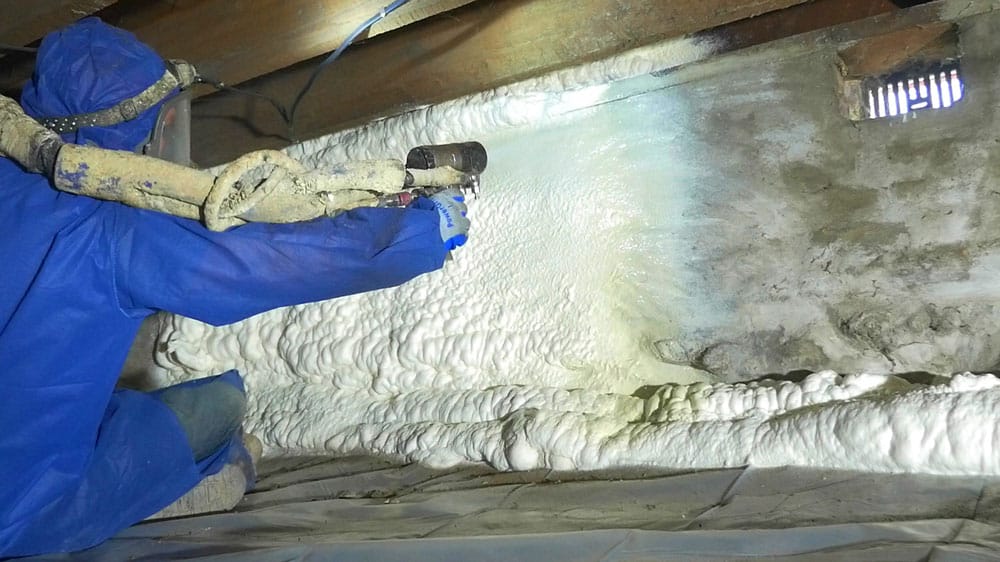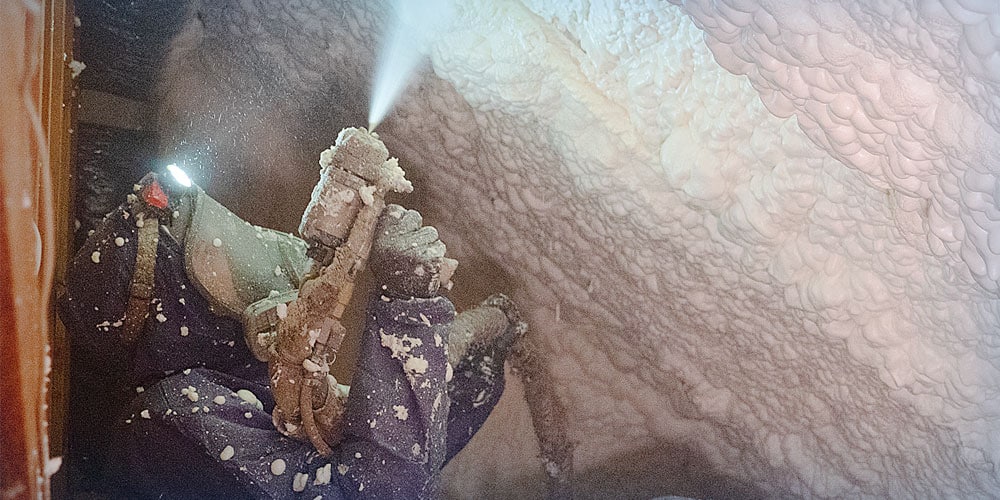If you’re tired of watching your energy bills climb every season, you’re probably looking for effective solutions to cut costs.
You’ve likely heard that foam insulation is a game-changer, but just how much does insulation save on energy bills? The answer is quite a bit, but as with most home improvements, the savings can vary depending on several factors.
In this article, we’ll break down how RetroFoam of Pittsburgh can help you save on your energy bills. We’ll explore the benefits of foam insulation, the factors that affect cost savings, and why it might be worth the investment in your home.
Let’s dive into it.
What is Foam Insulation, and How Does it Save Your Money?
Foam insulation—injection foam and spray foam—is known for its ability to create an air seal in a home.
Unlike traditional insulation materials like fiberglass or cellulose, foam insulation does more than just provide insulation—it also stops air from leaking into or out of your home. This is key to achieving energy savings with insulation.
Fifty-two percent of a household’s energy consumption in 2020 was dedicated to space heating and air conditioning, according to the U.S. Energy Information Administration. If your home is poorly insulated, your HVAC system has to work overtime to maintain a comfortable temperature. This can cause your energy bills to skyrocket.
With foam insulation, your home becomes a well-sealed envelope. The air you pay to heat or cool stays inside, while outdoor air stays out. Reducing air leakage is one of the most significant ways to save money on energy bills.
How Much Can You Save with Foam Insulation?
So, how much money can foam insulation save you?
Homeowners who have insulated their homes with RetroFoam of Pittsburgh have reported savings of 15 to 50 percent on their monthly energy bills. The exact percentage depends on various factors, including the areas of your home that are insulated, the condition of your HVAC system, and your home’s overall energy efficiency.
Cost of RetroFoam: Is Foam Insulation Worth it?
When considering the cost of injection foam or spray foam insulation, it’s essential to think of it as an investment.
While the upfront cost may be higher than that of other insulation options, the long-term savings on energy bills and the durability of foam insulation make it a worthwhile investment.
Unlike fiberglass or cellulose, which can break down, sag, and require replacement over time, foam insulation is a one-time installation. It doesn’t degrade, shift, or lose its effectiveness, meaning you won’t have to worry about replacement costs in the future. This longevity alone contributes to foam insulation cost savings.
Factors That Determine Foam Insulation Energy Savings
While foam insulation can significantly reduce your energy bills, the extent of your savings will depend on several factors.
Let’s delve into the most critical aspects influencing your spray foam energy savings.
The Condition of Your HVAC System
Your HVAC system plays a crucial role in your home’s energy efficiency.
If your system is old, dirty, or not well-maintained, it won’t run efficiently – even if you have top-notch insulation. It’s essential to keep your HVAC system in good working order by scheduling regular maintenance, which includes cleaning the mechanical components, replacing filters, and ensuring the ducts are clear.
A well-maintained HVAC system, coupled with the air seal provided by foam insulation, will ensure that your home is heated and cooled efficiently, further boosting your energy savings.
AC Unit and Furnace Settings
Are you someone who cranks up the heat in the winter and blasts the AC in the summer?
While it is tempting to quickly make your home comfortable, constantly adjusting the thermostat can increase your energy usage.
The air seal created by RetroFoam insulation keeps your home at a consistent temperature, reducing the need for extreme thermostat adjustments. Setting your thermostat back 7 to 10 degrees for eight hours a day can save you around 10 percent annually on heating and cooling costs, according to the U.S. Department of Energy. It’s suggested the optimal temperature to set your thermostat to is 68 degrees Fahrenheit in the winter and 78 degrees in the summer.
The Efficiency of Your Windows and Doors
Even with the best insulation, inefficient windows and doors can still lead to energy loss.
If you feel drafts around your windows and doors during the winter or notice hot air seeping in during the summer, it’s a sign that these areas are not well-sealed.
Replacing old windows and doors with energy-efficient models can complement your foam insulation and help maximize your savings. If replacing them isn’t in the budget, consider sealing any gaps or adding weatherstripping to reduce air leakage.
The Areas of Your Home Insulated with Foam
The extent of your home’s insulation is one of the most significant factors in determining how much you can save on your energy bills.
Insulating just one area, like your walls, will help, but it’s best to insulate your entire home for maximum savings. This includes the walls, attic, crawl space, and any other areas where air might be leaking.
Insulating your entire home with foam creates a continuous air seal, preventing a phenomenon known as the stack effect. Stack effect occurs when air moves through your home, from the crawl space up to the attic, taking your heated or cooled air with it. This air movement can significantly increase your energy bills and make your home uncomfortable.
By sealing your entire home with foam insulation, you eliminate the stack effect, ensuring that your treated air stays where it belongs – inside your home.
How to Maximize Foam Insulation Cost Savings
To get the most out of your foam insulation investment, consider taking additional steps to improve your home’s overall energy efficiency.
Here are a few tips.
Schedule a Home Energy Audit
A home energy audit can help identify areas where your home is losing energy and suggest improvements.
Many energy providers offer audits, which can include blower door tests to detect air leaks and assessments of your appliances’ efficiency.
Upgrade Your Windows and Doors
As mentioned earlier, replacing old windows and doors with energy-efficient models can significantly reduce air leakage and complement your foam insulation.
Regular HVAC Maintenance
Ensure your HVAC system is running efficiently by scheduling regular maintenance, including cleaning ducts, replacing filters, and checking for any issues that could reduce efficiency.
Proper Ventilation
While foam insulation creates an air seal, proper ventilation is still essential for indoor air quality.
Consider adding ventilation systems, such as attic fans or energy recovery ventilators, to keep your home’s air fresh without compromising your energy savings.
Saving Money on Your Energy Bill with RetroFoam of Pittsburgh
Foam insulation is an effective way to reduce your energy bills and increase your home’s comfort.
By creating an air seal, RetroFoam insulation helps prevent air leaks, reduces the workload on your HVAC system, and keeps your home at a consistent temperature year-round.
While the initial cost of RetroFoam insulation may be higher than traditional insulation options, the long-term savings make it a worthwhile investment.
If you’re ready to start saving money on your energy bills and make your home more comfortable, check out our Learning Center to learn more about how foam insulation can benefit you.


